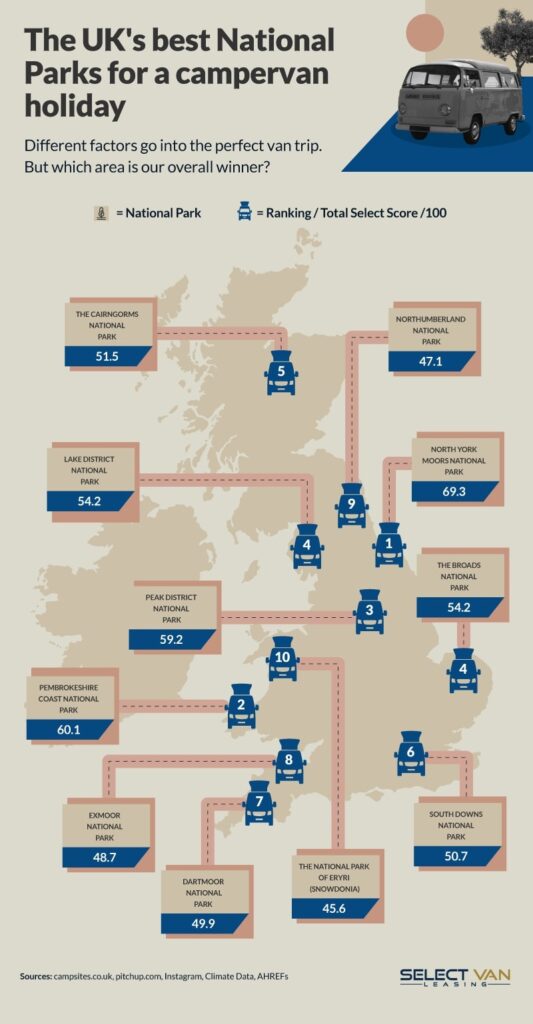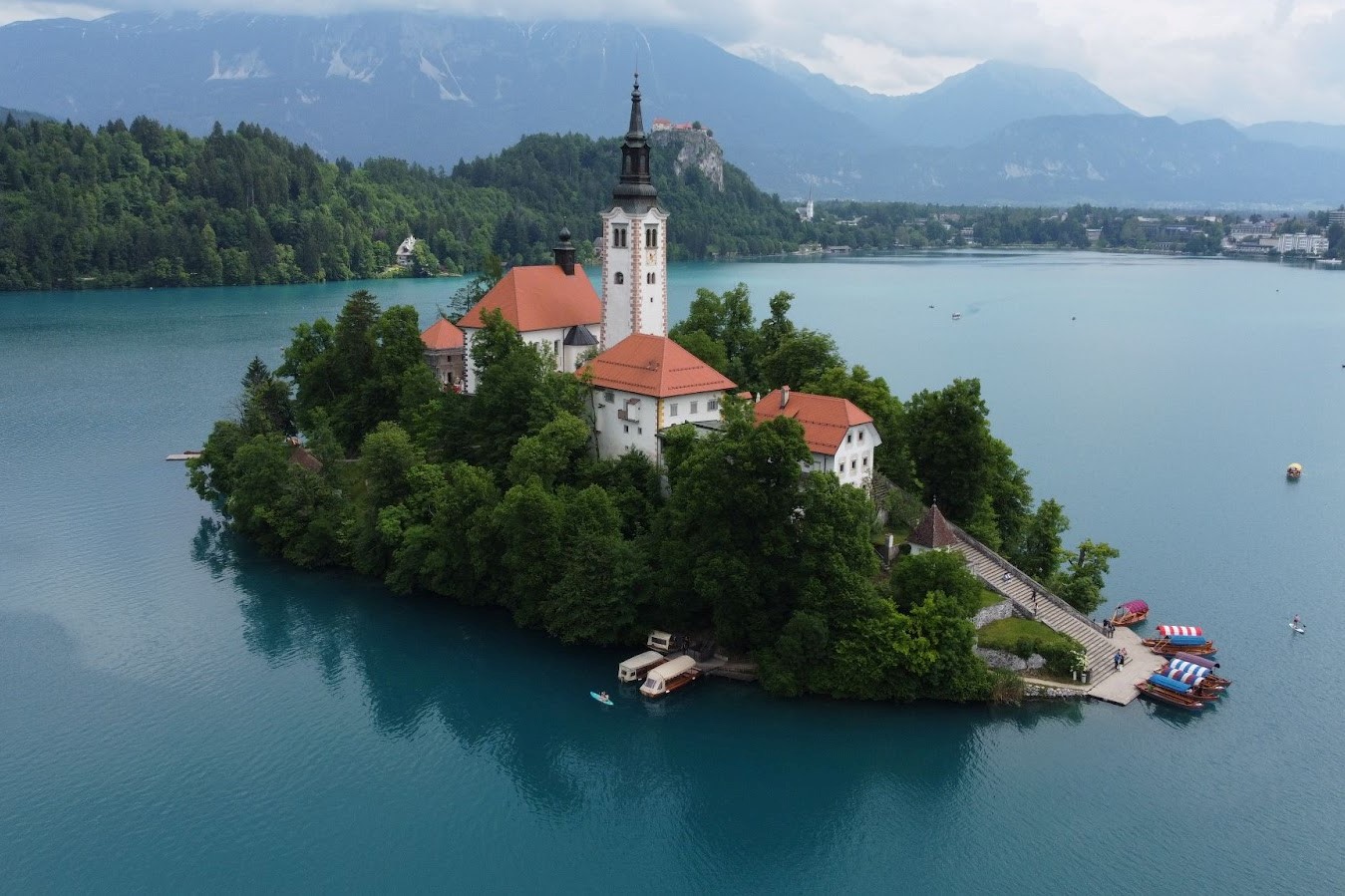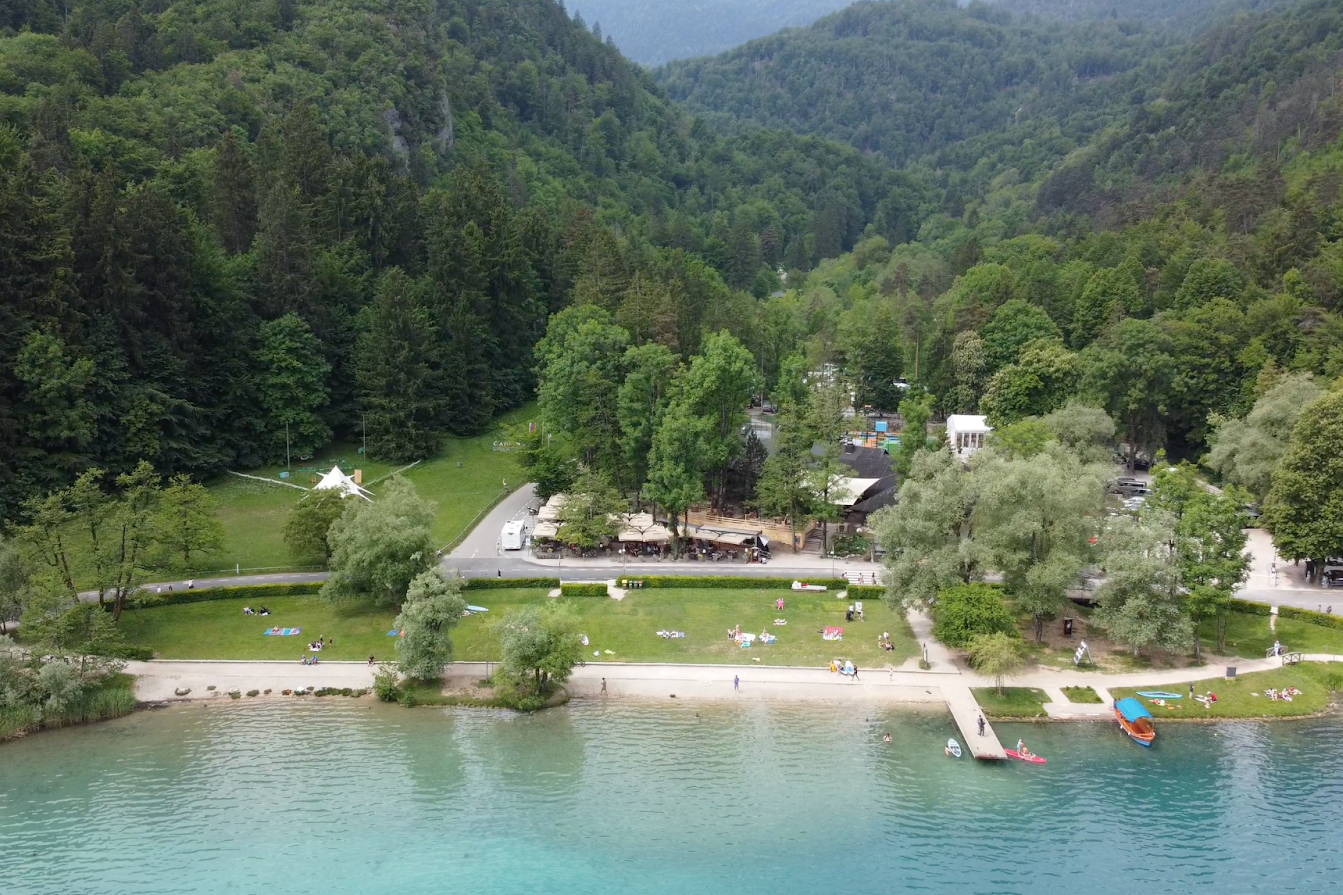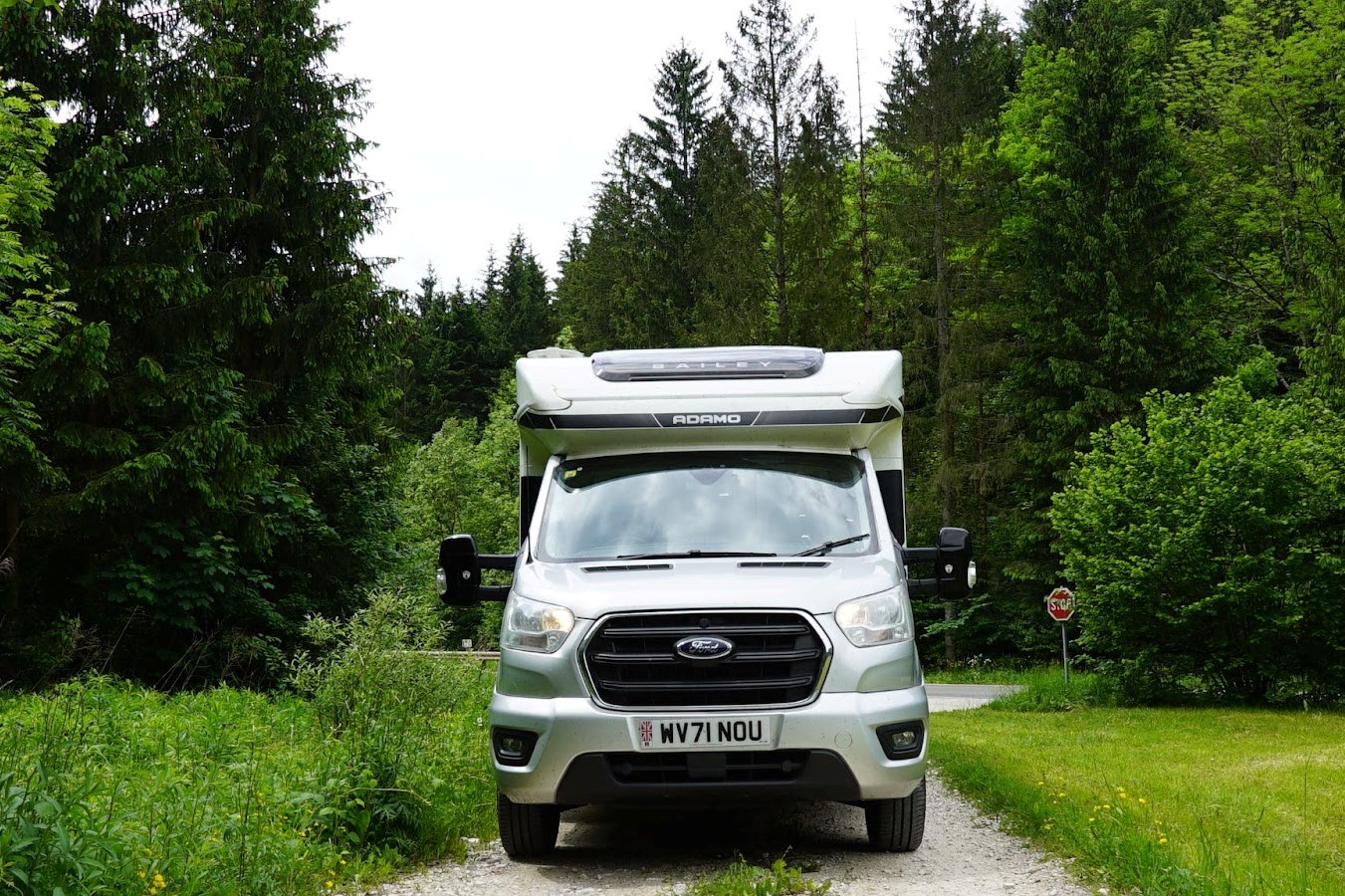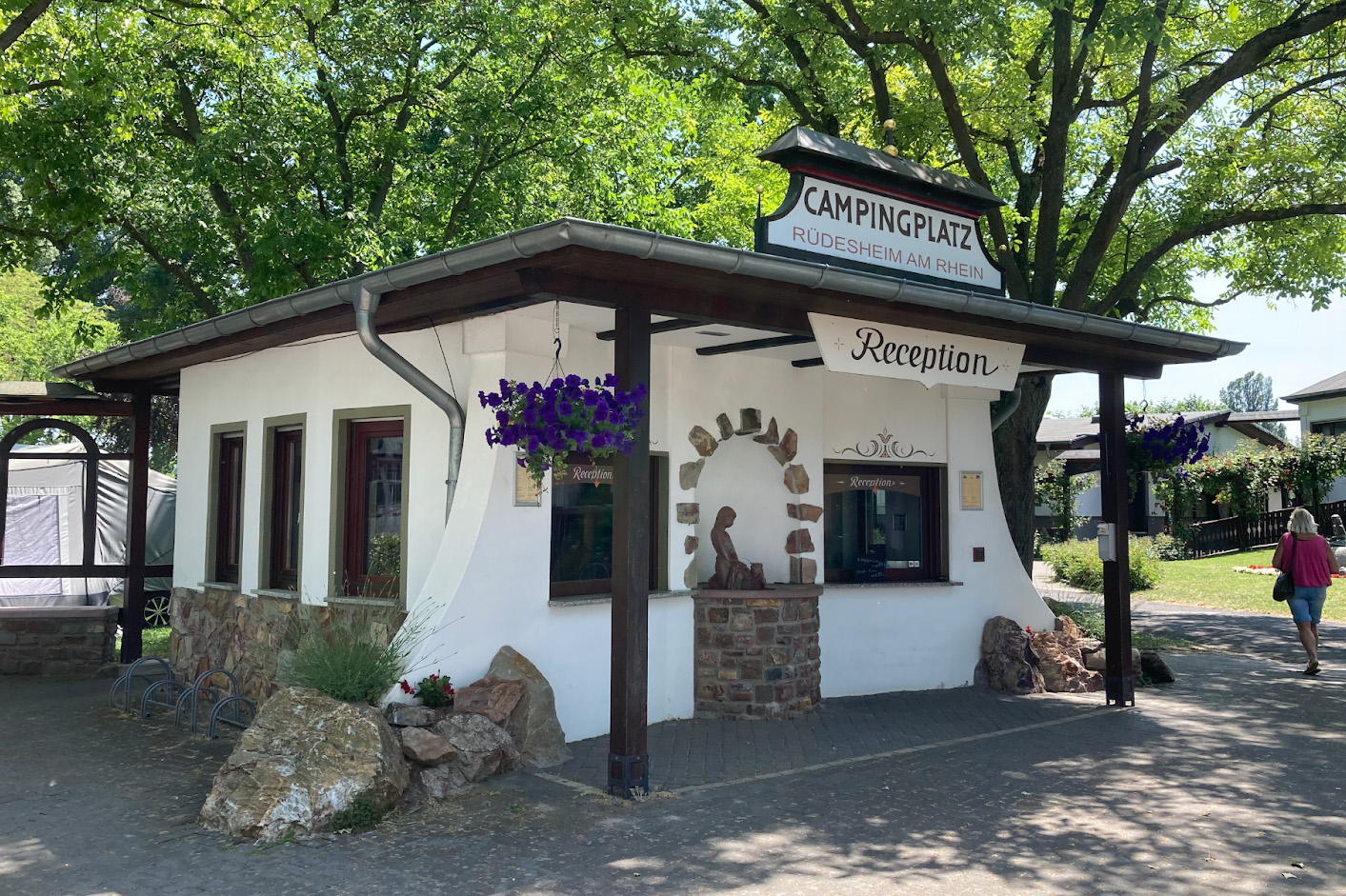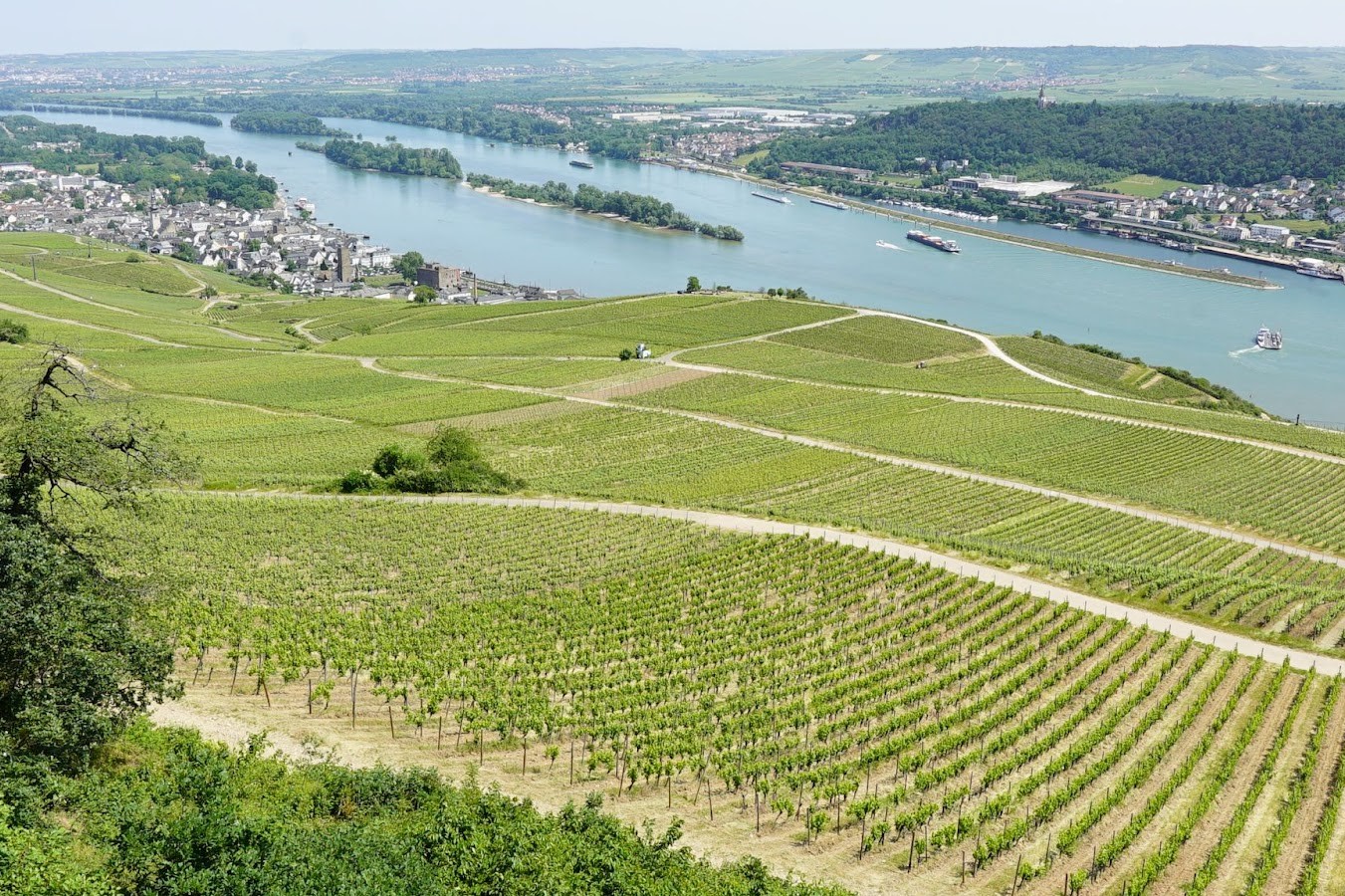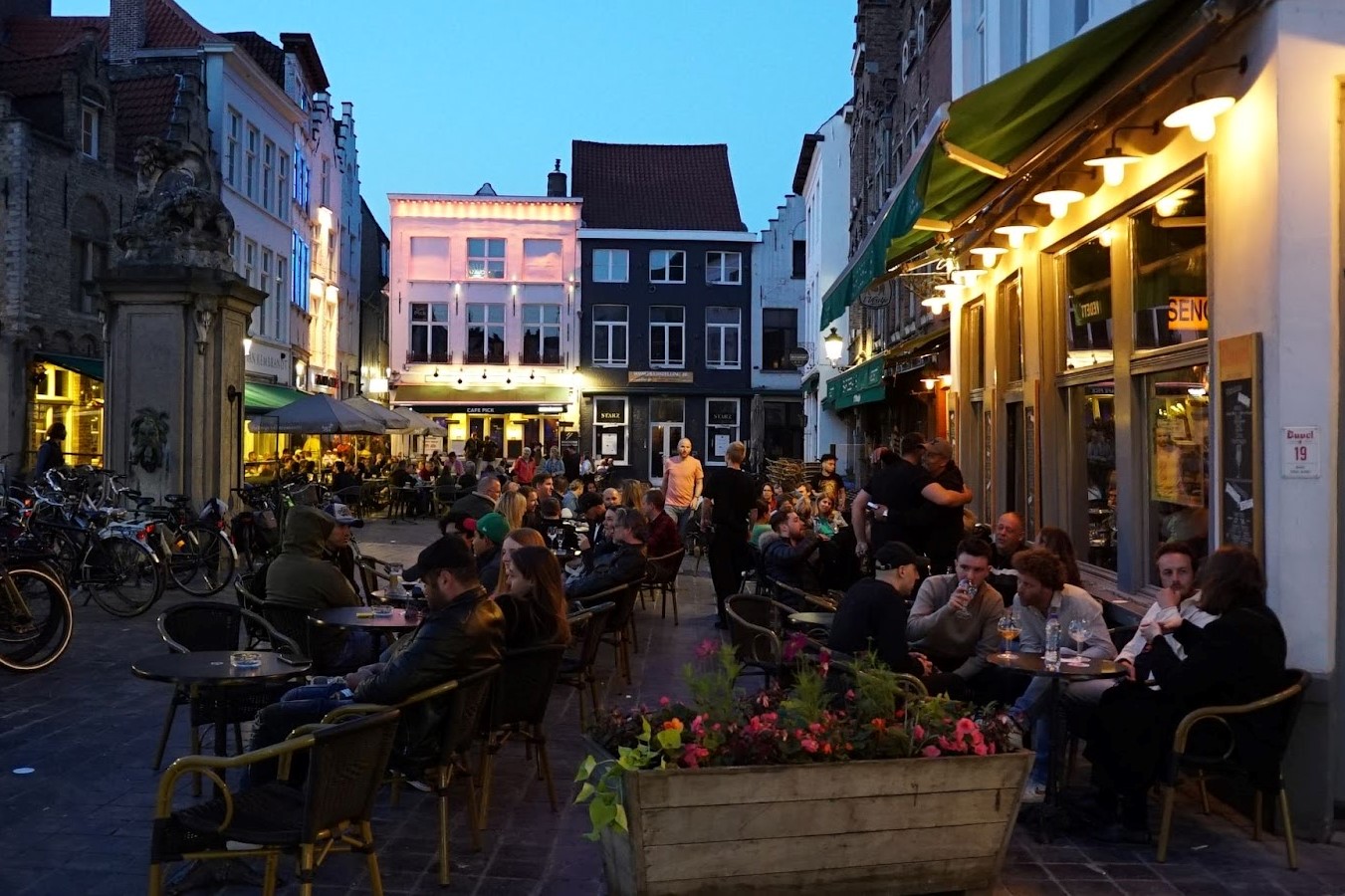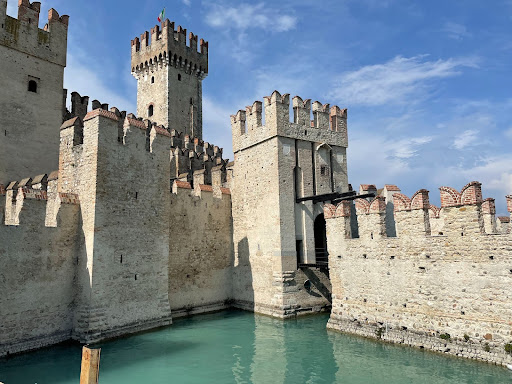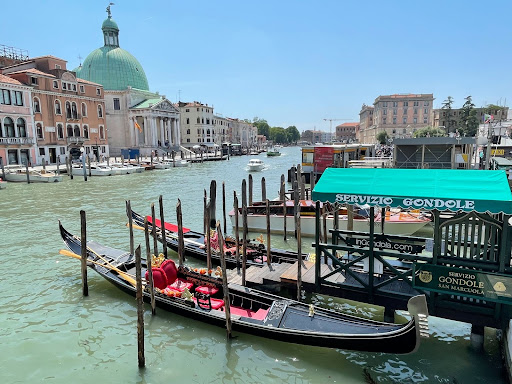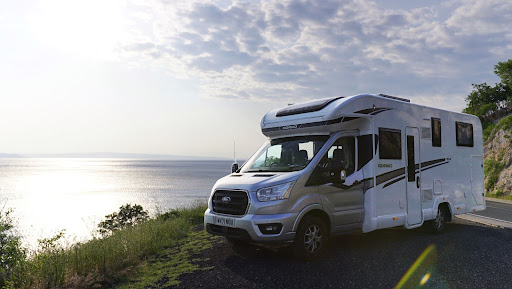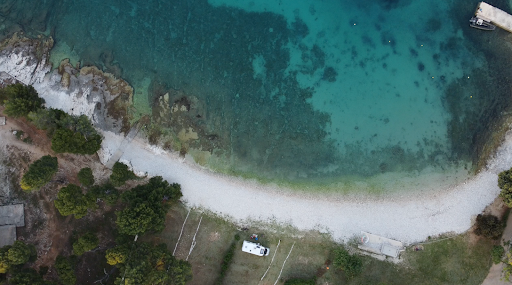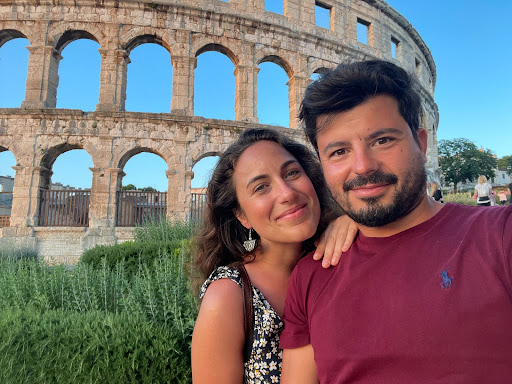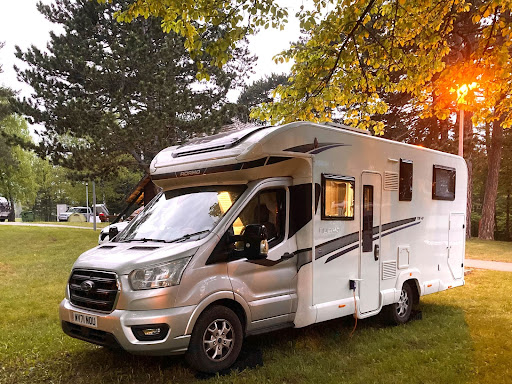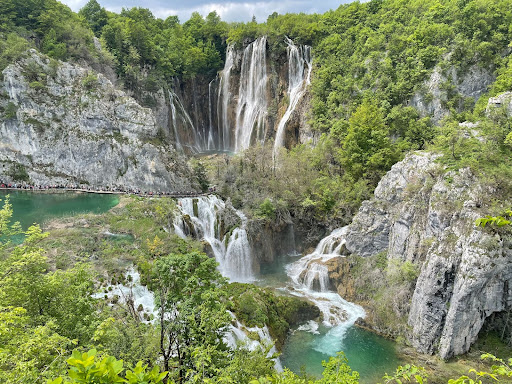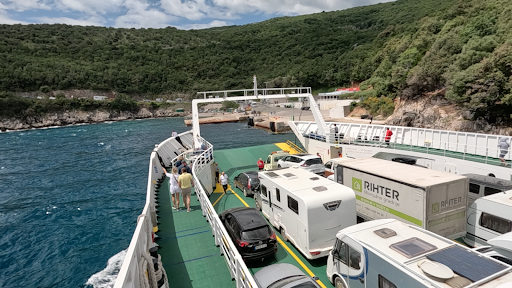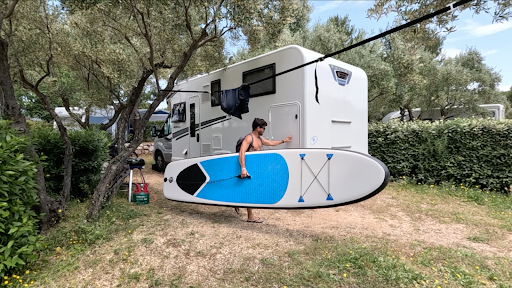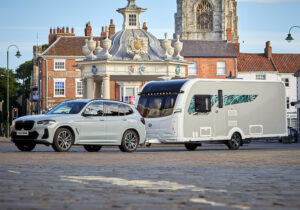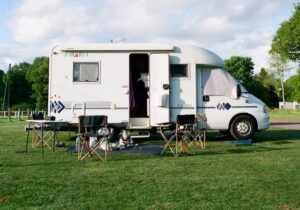Dan Cartwright has over 12 years of experience in the caravan and motorhome industry. He is a judge for a number of prestigious leisure vehicle awards and regularly heads off in his motorhome with his family. Every week, Dan shares his insights with the community. Here’s what he has to say this week.
Soon, I’ll be heading off to the Towcar of the Year Awards. I’ll report more on the event next week live from Millbrook, but today I want to talk about the ever-changing landscape of licence restrictions and regulations when it comes to driving and towing a caravan.
The rules seem to shift almost every year, and it’s becoming increasingly challenging to understand what vehicles we can drive and tow. Let’s take a closer look at the age-specific restrictions to shed some light on this confusing topic.
For those aged 44 or over, who passed their driving test before January 1st, 1997, the freedom in the leisure industry is boundless. You can drive almost any vehicle for leisure purposes, except for some exceptions like the Morello, which has a weight limitation of around 8,500kg.
So, congratulations on not only having access to affordable housing and pensions but also the ability to indulge in the most extravagant leisure vehicles or the largest motorhome and car and caravan combinations! Load your vehicle without worry and drive off into the sunset, as weight restrictions won’t be a concern here.
For the rest of us, however, there are more considerations to be made. I’ll break it down by age group and categories to understand the restrictions better.
When it comes to those between 35 and 44, the good news is that things have improved for you, particularly in the caravan world. However, in the motorhome realm, you are restricted to a maximum weight of 3,500kg. This limitation poses challenges for larger models, as you need to leave ample carrying capacity for your loved ones and belongings.
Those who passed their driving test before January 19th 2013, within this age group can tow any size trailer within their vehicle’s towing limits. This absurdity means you could potentially purchase an American import like a Ford F150XLT or a Dodge Ram 1,500, which have curb weights of around 2500kg and a towing weight of roughly 4,500kg.
So, in theory, that larger motorhome you wanted to buy, that you weren’t able to legally drive, could be put on a trailer and towed. Of course, this doesn’t seem like the safest option, however, that’s what our government deems your only option if you really want a 4,250kg motorhome. But it does open up just about every car and caravan combination available in the UK to you.
Younger individuals under 35 face more restrictions, with a 3,500kg towing limit on the B and E section of their licence if they passed post-January 2019. This means you can only tow a 3,500kg caravan with a maximum 3.5-tonne car. Fortunately, as towing larger motorhomes practically doesn’t make much sense, this restriction is manageable.
Looking ahead, many organisations are lobbying the government to reconsider the restrictions on non-towed vehicles on the B licence post-1997, especially with the introduction of battery and hybrid vehicles that are getting heavier and electric cars with towing limits as low as 750kg. I hope the government will revise the B section of the licence to permit driving four-wheel vehicles up to 6,000kg to accommodate future trends.
While navigating licence restrictions and towing capacities in the leisure industry can be complicated, knowing the age-specific limitations can help you make informed choices for your dream holiday on wheels. As the world of leisure vehicles continues to evolve, we can only hope that regulations align with practicality and convenience for all enthusiasts.
Image credit: André Dehne / Unsplash

